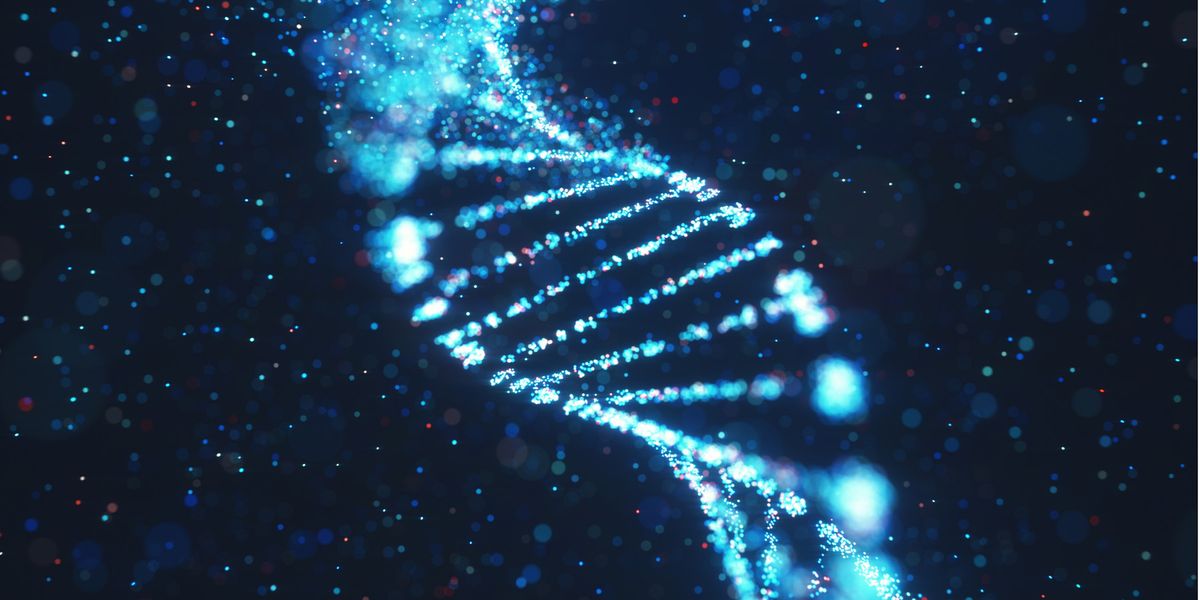Scientists have dug up fragments of DNA dating back 1 million years ago in Antarctica. Found beneath the floor of the Scotia Sea, north of the Antarctic, these fragments of organic material can be invaluable in charting the history of the region – mapping out what has lived in the ocean and across what kind of time spans. For many that find Antarctica mysterious, this is big news. Antarctica million year old DNA discovered.
It is technically referred to as sedaDNA for sedimentary ancient DNA. These recovered samples are likely to prove useful in the ongoing efforts to understand the history better, localized climate changes in the past and future. SedaDNA is found in many environments, including caves on land and subarctic permafrost, which have yielded sedaDNA dating back 400,000 and 650,000 years. Cold temperatures, low oxygen, and a lack of UV radiation make polar marine environments like the Scotia Sea terrific locations for sedaDNA to remain intact.
The recovered DNA was extracted from the ocean floor in 2019 and went through a comprehensive contamination control process to ensure that the age markers embedded in the material were accurate. Among the other findings, diatoms (single-celled organisms) were discovered that dated back 540,000 years ago. This all helps to inform our overview of how this part of the world has evolved over vast expanses of time.
Diatom abundances were linked to warmer periods – the last of which in the Scotia Sea was around 14,500 years ago. That led to an increase in overall marine life activity across the Antarctica region. This latest study is evidence that these sedaDNA techniques can be helpful in reconstructing ecosystems across hundreds of thousands of years, giving us a whole new level of insight into how the oceans have changed.
Research continues to be conducted in the most southern region of this world. Antarctica still holds many secrets for humankind. It is a place least researched, travelled, and visited. This only intensifies curiosities. Antarctica is a large place. The continent is larger than the United States and Mexico combined. It is larger than Europe. A big territory to investigate or keep eyes on. Especially, considering the conditions one must battle. Antarctica is an unforgiving place.
What else will researchers find in Antarctica? The average person does not visit this remote region of the world. Almost all individuals that have or are visiting Antarctica are scientists approved by their countries to be there. Research and investigations of certain types have been done down there for many years. Not much is known to the public. One thing is for sure, much is still to be discovered there. Much like the Antarctica million year old DNA discovered, other discoveries will be made. Only time will tell what we will find and when. Antarctica is full of secrets waiting to be discovered. There is much mystery associated with this far remote icy continent. For example, the recent caves found. These Antarctic caves conceal life according to scientists. In time, more will be revealed. We will learn more about the last real frontier to humankind.






